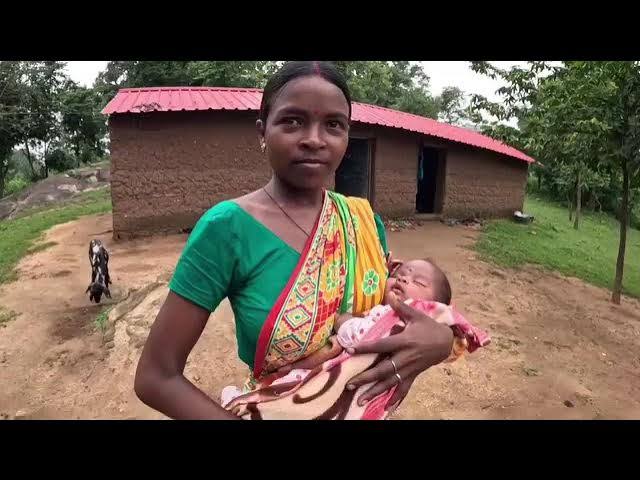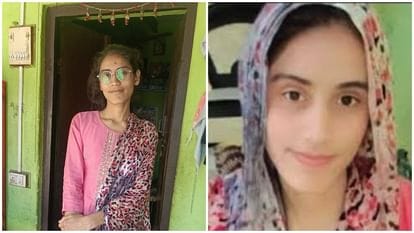The Mud Hut That Teaches: Malti Murmu’s Revolution in Jilingsereng
31 August 2025
By Urvi Prakash
The Spark of Change
In 2019, after her marriage, Malti Murmu moved to Jilingsereng, a Santhal tribal village where education was little more than a distant dream. She recalls: "When I came here after marriage, I saw no real schooling. So, I began with a few children at home." That small act of courage became the spark of a movement, sustaining the hopes of dozens of first-generation learners who had never stepped into a classroom.
A Classroom Rooted in Language and Culture
Unlike formal schools, Malti’s classroom speaks in the voice of her people. She teaches Santhali using the Ol Chiki script, alongside Bengali and English. This approach allows children to learn without losing connection to their roots. The impact has been profound. Sumita Mandi, a local mother, observes: "Now they read and write in their language. That’s new for us." By preserving the Santhali script, Malti ensures that her school is not just a place to learn letters and numbers; it is a cultural revival, a reclaiming of identity in a system that often overlooks tribal communities.
From a Mud Hut to a Beacon of Hope
Her journey began with only a handful of children inside her own hut. By 2020, inspired by her dedication, the community helped build two small tin-roofed classrooms. Though lacking blackboards, desks, or electricity, the space radiates warmth, curiosity, and the joy of learning. Today, she teaches nearly 45 students from Classes 1 to 4. Without salary, government aid, or formal recognition, she balances teaching with household chores and raising her two young children. Her husband, Banka Murmu, supports her vision: "There’s a government school nearby, but we wanted something of our own." Together, they have built not just a school, but a sanctuary of learning where literacy and dignity coexist.
The Unseen Struggle
While Malti’s story inspires, it also underscores systemic neglect. That a homemaker had to step in to provide basic education reflects the failure of formal institutions to reach remote tribal regions. Her classrooms lack essential infrastructure, and her relentless work largely goes unrecognized. Her courage illuminates a dual reality: the transformative power of individuals and the persistent inequalities in India’s educational system. Malti’s school thrives despite structural neglect, not because of it.
A Light That Refuses to Dim
Despite the hardships, Malti’s hope remains undimmed. "I want children from nearby villages to come too," she says. "This light of education must spread." In the heart of Jilingsereng, Malti Murmu is more than a teacher; she is the heartbeat of her community. Her mud hut, humble and fragile, carries the promise of generations yet to come. Her story reminds us that education is not just about classrooms or textbooks; it is about human will, perseverance, and cultural pride. Even in the remotest corners, courage and chalk dust can light the way to a brighter tomorrow.


